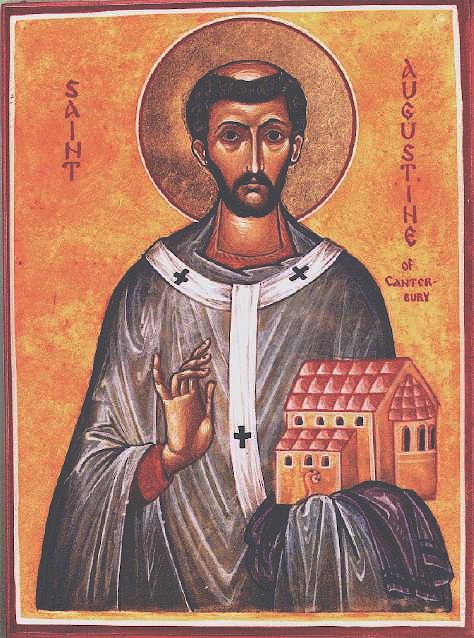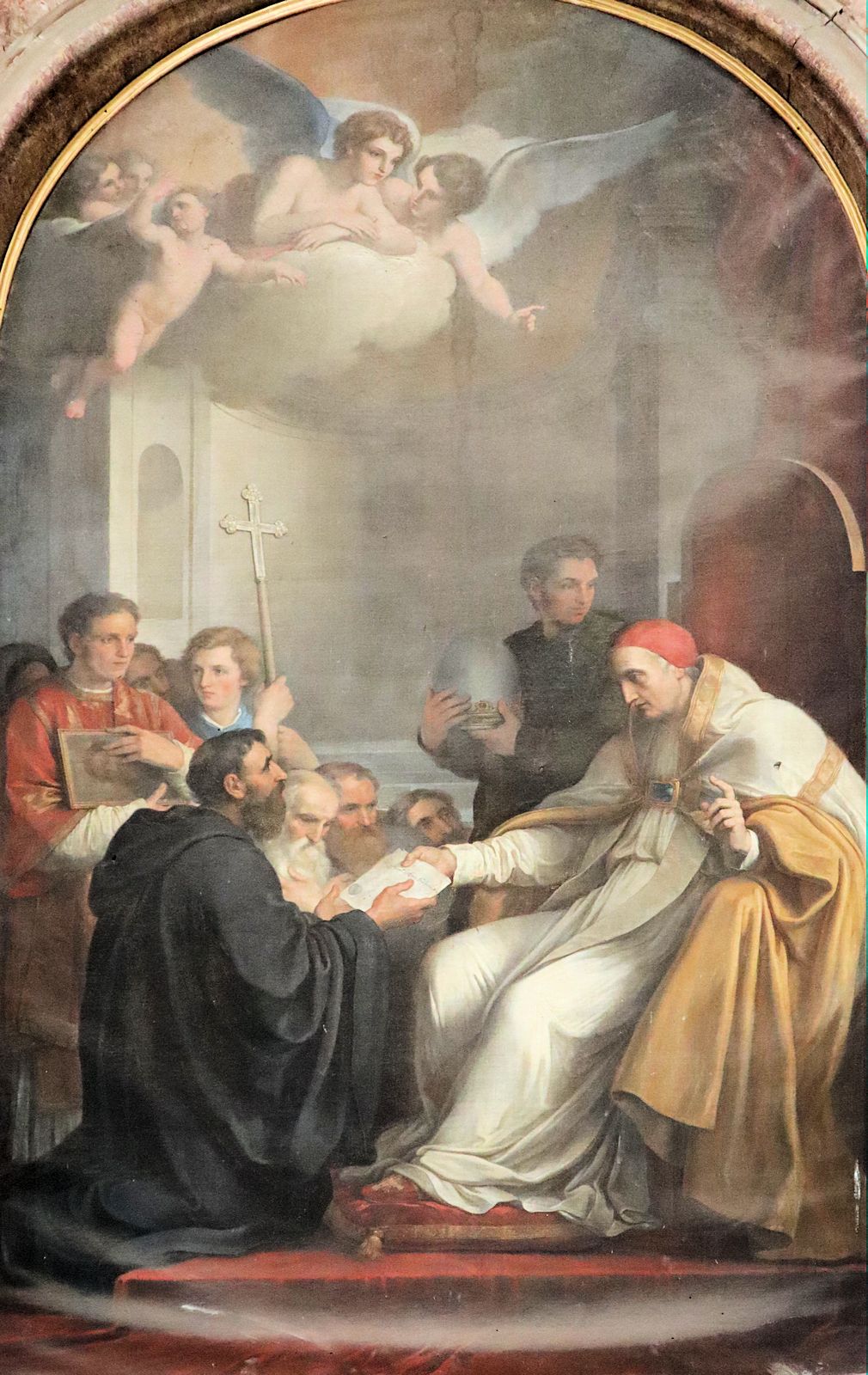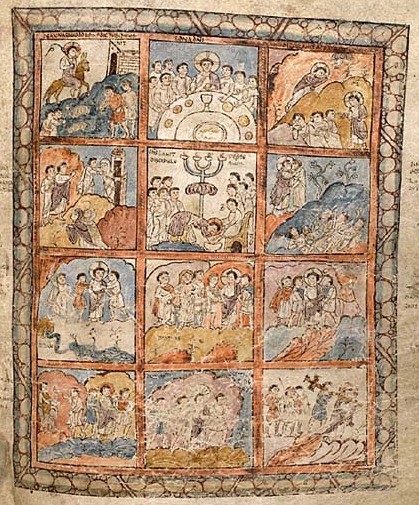We live in a time when the church finds itself between the millstones of progressivism, fruitless traditionalism and misinformation. Today, therefore, we are even more aware of the important mission of the World Christianity and our responsibility.
The Christian world always stands firmly on the side of the church. We openly name challenges, respond to nonsense and half-truths, and at the same time do not avoid criticism towards the internal church environment when it turns out to be necessary.
Journalistic freedom hand in hand with Christian responsibility – these are the key principles of our daily journalistic works. From time to time, questions arise in the public debate as to whether the topics of faith and morals are really completely inviolable and whether they are not subject to some kind of development after all. Some ask whether the dominant Christian church should adapt its opinion on some anthropological questions according to the general opinion, which is supposedly based on a scientific worldview.






